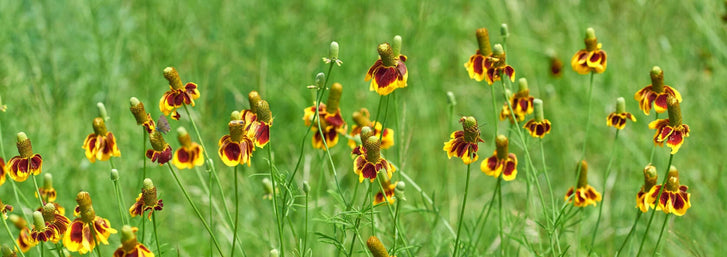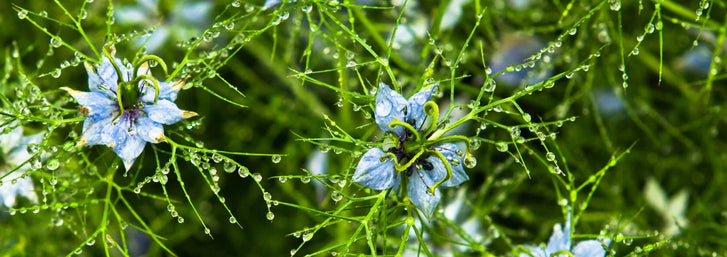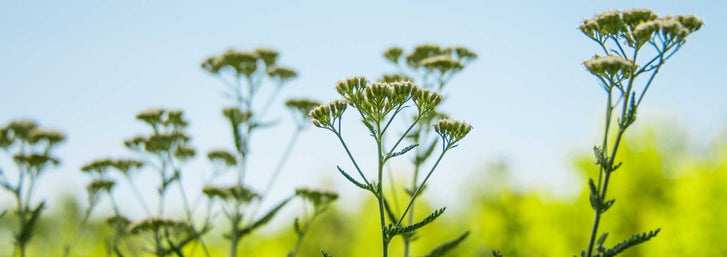
David Bernal


Similar to the USDA hardiness zones map which helps growers anticipate the minimum annual temperature in their region, the annual frost dates easily help catalog the first and last 32°F days of the year. These first and last frost days of the year essentially “bookend” the growing season as we know it, helping growers anticipate when it's time to sow and when it’s time to reap. While hardiness zones were created from 30 years of USDA climate data, the average first and last frost dates were also similarly designed from three decades of research by the National Oceanic Atmospheric Administration (NOAA).
Frost dates are specific to small regional climates rather than political boundaries and can fluctuate drastically based on terrain, elevation, and microclimates. The western United States, for example, has much more varied frost dates due to the presence of severe elevation changes while the east coast features more stable and predictable frost dates. Some zip codes experience such volatile, unpredictable weather patterns that the NOAA has classified them as either “Too Warm” or “Too Cold to Compute”.
The spring frost date, often known as final frost, marks the last day in spring when temperatures will be below freezing, causing the soil to warm enough to till and directly sow many early spring favorites such as arugula, lettuce, and beets. Perennial crops will begin to emerge from winter dormancy once conditions warm to above 32°F and continue vegetative growth. For most regions, the final frost date does not correlate with the first day of spring and generally is still not warm enough to plant any summer crops such as peppers, melons, or cucumbers.
The fall frost date, sometimes referred to as first frost, signifies the first day in autumn when temperatures officially cool to 32°F or below, causing the soil to no longer be workable while prompting perennial plants to begin their winter dormancy. The fall frost date is generally the absolute latest that most gardeners can sow winter greens, cover crops, or root vegetables for spring. The first frost date has no correlation to the first day of autumn which, for most in the country, the frost doesn’t arrive until several weeks into the season.
Leave a comment
Your email address will not be published. Required fields are marked *
6 comments
Lauren Fiore
Is there a link to a site where you can put in your zip code to determine the last day of frost?
Linda Lindquist
Lauren, The map Iscolor coded with applicable dates matching the color of the state you live in.
GG
Doesn’t help me much for Texas if I can’t zoom in where all the yellow and green colors are mixed.
Trevor
Lauren, Here is a website I found that let’s you do that. https://www.almanac.com/gardening/frostdates
Lynn Williams
What is the last frost date of where I live at 25415 Salmon Place, Brooktrails twp, Willits, Mendocino County, CA?
Mary Levari
Hi, I live in Norristown, PA 19401. When is it safe to plant my tomatoes, cucumbers, squash, basil? Thank you very much, Mary
Further Reading

10 Natives of the Southwest USA for Pest Control
Written By Lara Wadsworth The Southwestern United States is a region incredibly unique to the rest of the country. The hot, dry weather can be challenging for plants and animals to thrive without additional help. That is why gardening with natives can ...

Ashleigh Smith
2024-04-157 min read0
Spring Into Action - Celebrating Earth Day
Written By Chelsea Hafer Spring is quickly arriving, and that means that Earth Day is near! Earth Day is the perfect occasion to appreciate our wonderful planet and all that it does for us and think of ways you can give back to it. In this blog post, w...

Ashleigh Smith
2024-04-154 min read0
Everything You Need To Know About Rain Gardens
Written By Lara Wadsworth Rain gardens are quickly gaining popularity for their perfect marriage of utility and beauty. What simply looks like a beautifully landscaped garden is actually a native habitat that serves as a storm drain and water sponge. B...

Ashleigh Smith
2024-04-085 min read1
Northeastern Natives for Attracting Beneficial Insects
Written By Lara Wadsworth The Northeastern United States is rich with American history, but did you also know that it is rich in plant biodiversity? Nature has learned through time how to work in harmony with the various species that attempt to thrive....

Ashleigh Smith
2024-04-086 min read1



